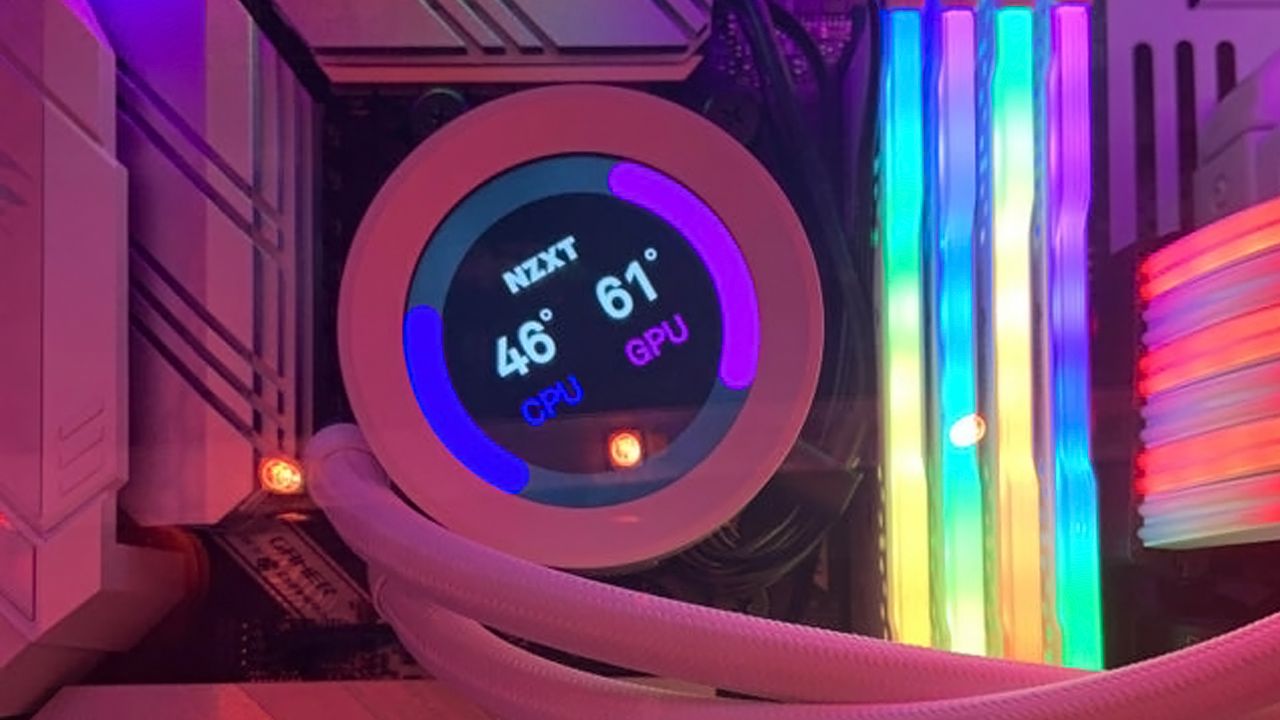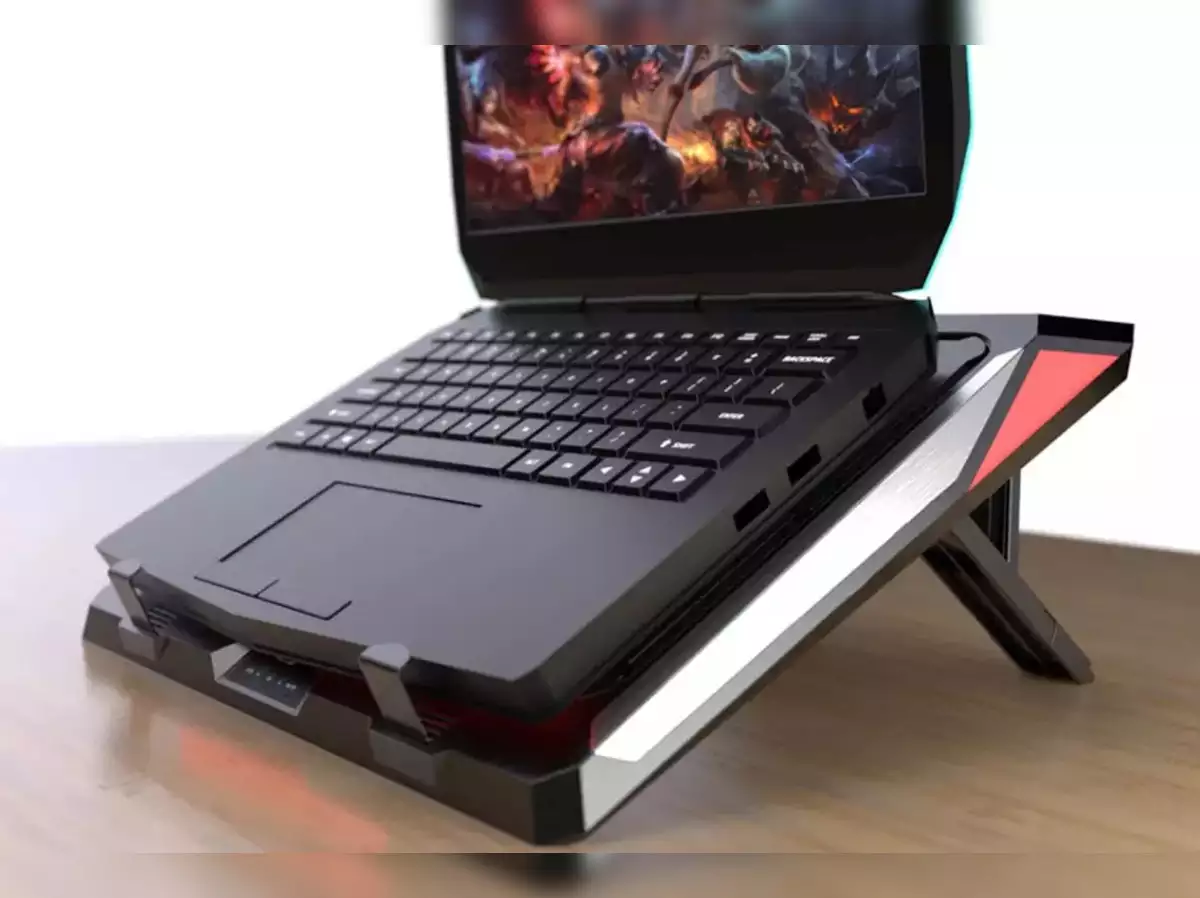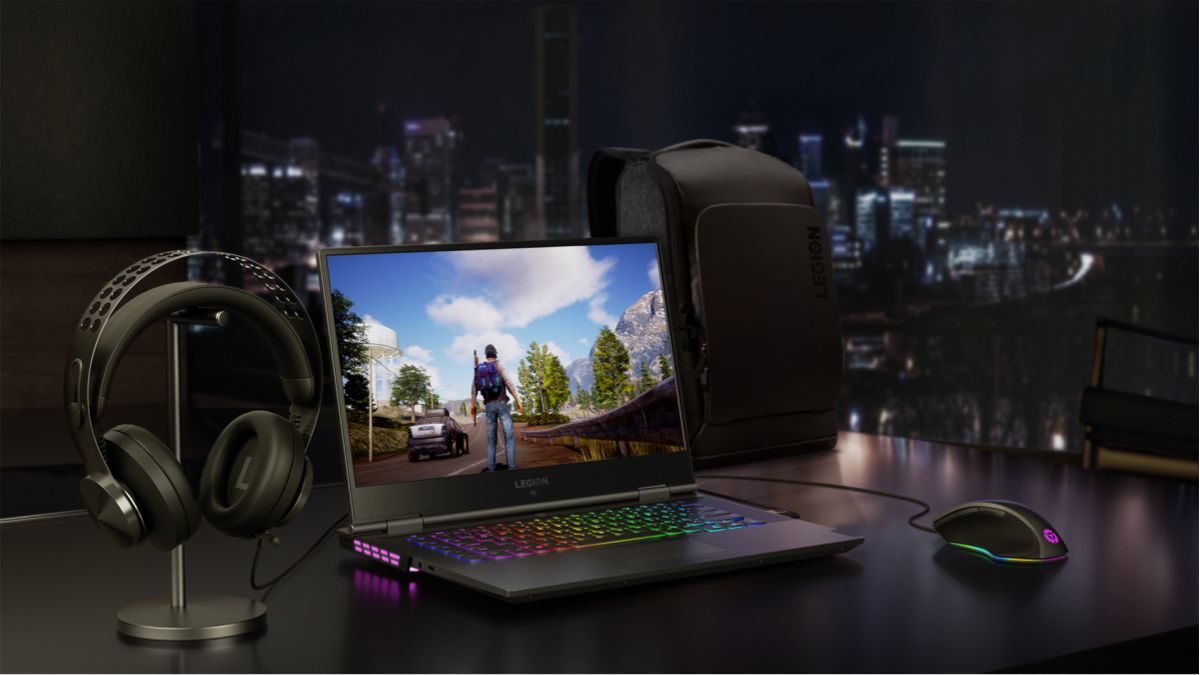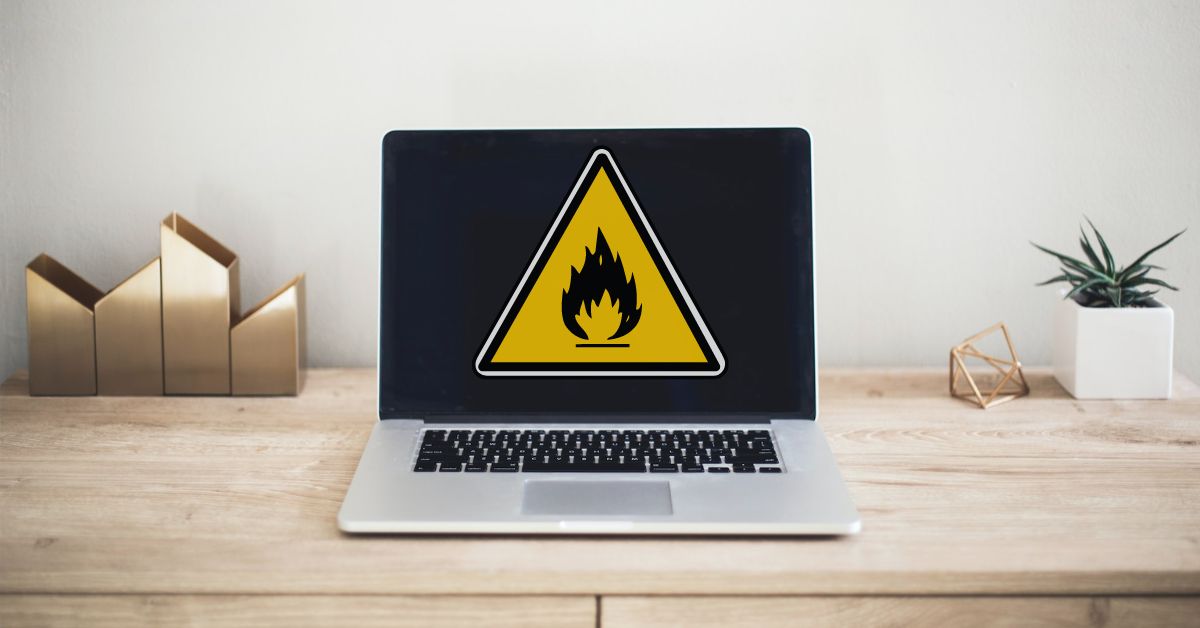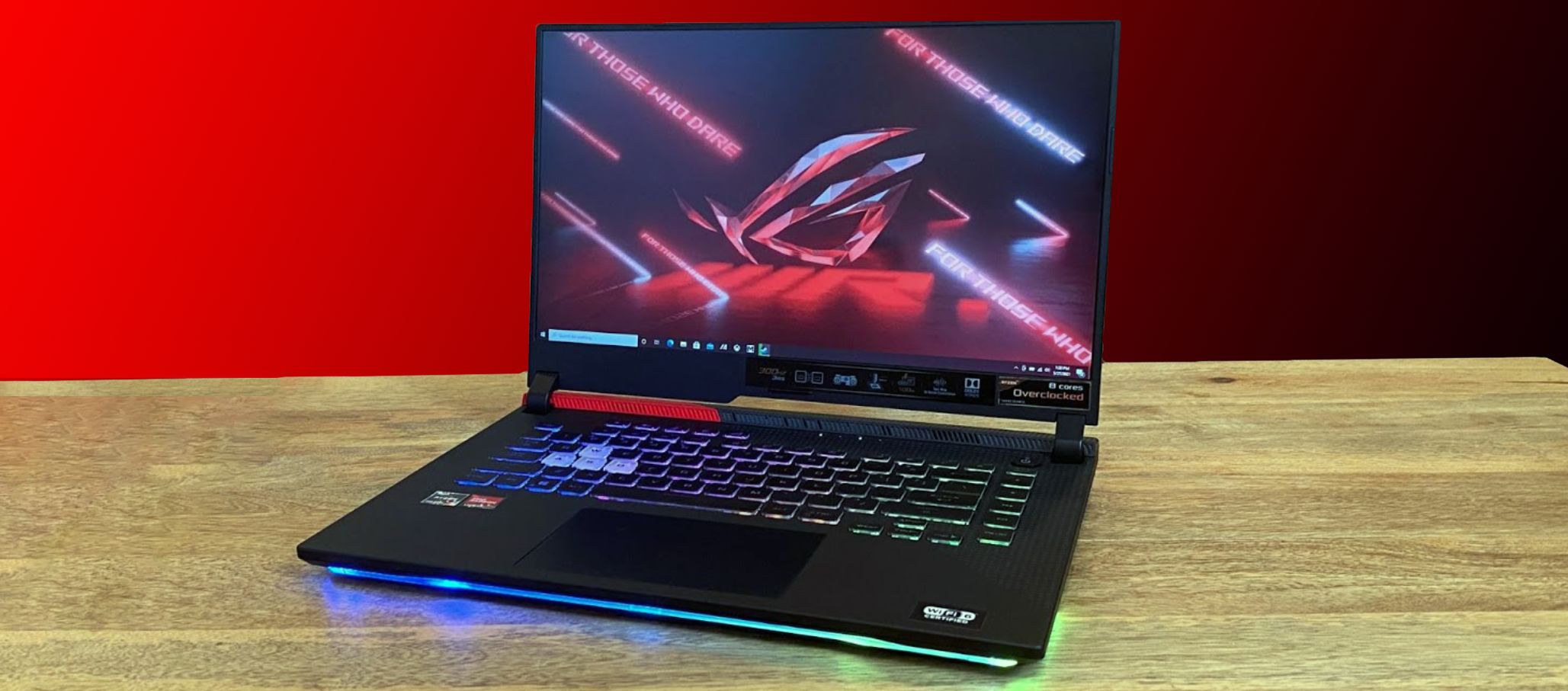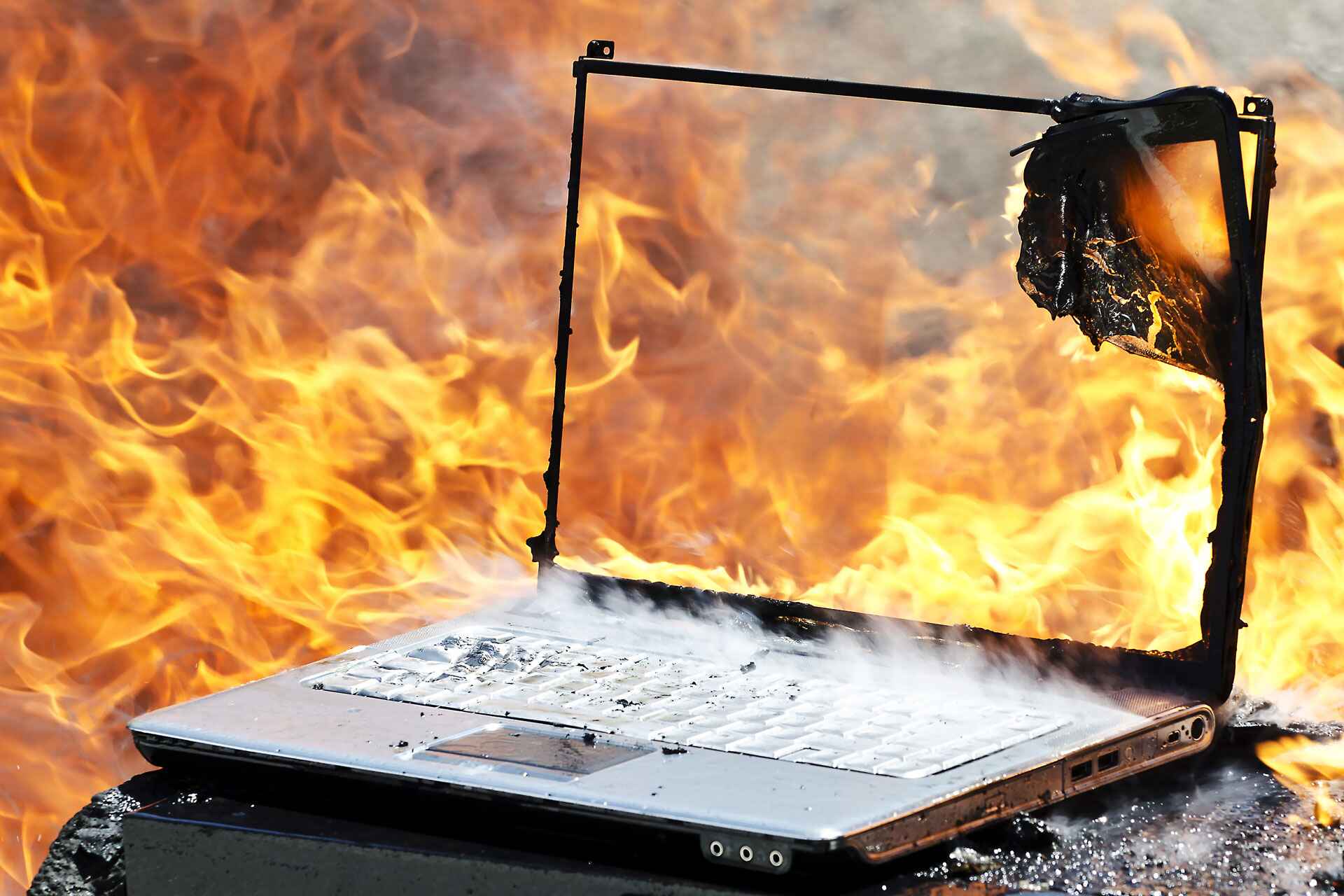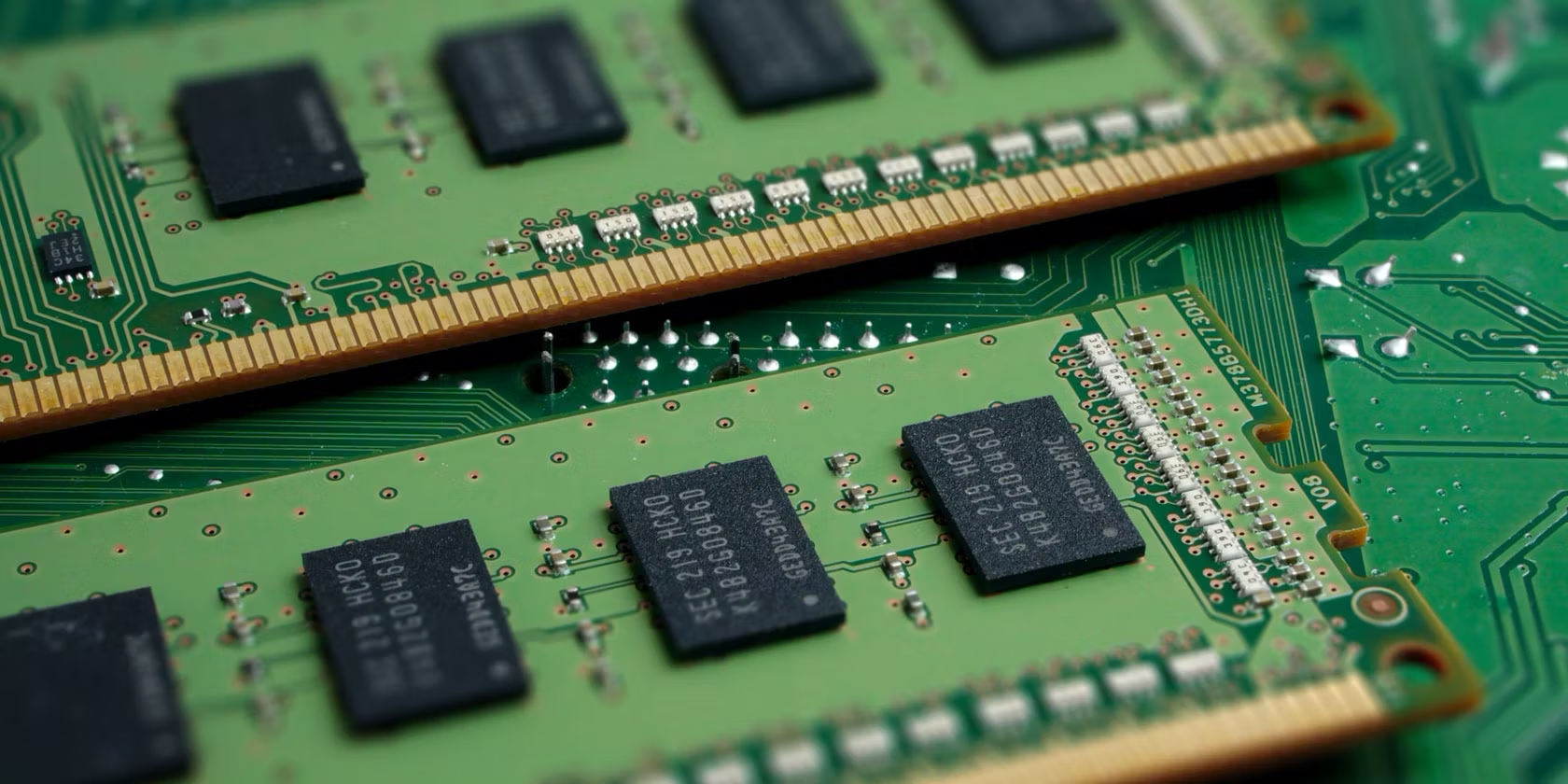Introduction
Gaming laptops have become increasingly popular in recent years, offering the power and mobility to enjoy the latest games on the go. However, one crucial aspect that often gets overlooked is the temperature at which a gaming laptop runs. Ensuring that your gaming laptop stays within an optimal temperature range is essential for its performance, longevity, and overall user experience.
In this article, we will explore why temperature is important for gaming laptops, the ideal temperature range for these devices, common causes of overheating, and tips to keep your gaming laptop running cool. Additionally, we will discuss cooling solutions that can help alleviate any temperature-related concerns.
Understanding the impact of temperature on your gaming laptop is vital because excessive heat can cause significant damage to its internal components. High temperatures can lead to decreased performance, unexpected shutdowns, and even permanent hardware failure. By managing and maintaining the temperature of your gaming laptop, you can ensure its optimal functioning and extend its lifespan.
So, whether you’re a casual gamer or a hardcore enthusiast, read on to discover the importance of temperature regulation for gaming laptops and how you can keep your device running cool.
Why is temperature important for gaming laptops?
The temperature of a gaming laptop plays a crucial role in its overall performance and longevity. Here are several reasons why keeping your gaming laptop at an optimal temperature is of utmost importance:
1. Performance: Excessive heat can significantly impact your gaming experience by causing the laptop’s performance to degrade. When a gaming laptop exceeds its temperature threshold, the CPU and GPU may throttle down to prevent overheating, resulting in decreased frame rates and laggy gameplay. By maintaining a cool temperature, you can ensure that your laptop performs at its best, delivering smooth and immersive gaming sessions.
2. Hardware longevity: High temperatures can accelerate the wear and tear on your gaming laptop’s internal components. Over time, prolonged exposure to heat can cause the solder connections on the motherboard to weaken or even break, leading to component failure. By managing the temperature, you can extend the lifespan of your laptop and avoid costly repairs or replacements.
3. Stability and reliability: Heat-related issues can result in unexpected shutdowns or system crashes, disrupting your gaming experience and potentially causing data loss. Keeping your gaming laptop within the appropriate temperature range ensures its stability and reliability during intense gaming sessions, allowing you to fully immerse yourself in the game without interruptions.
4. Battery life: Excessive heat can also affect the lifespan and health of your laptop’s battery. High temperatures can cause the battery to degrade more quickly, leading to decreased overall capacity and shorter battery life. By keeping your gaming laptop cool, you can preserve the longevity of the battery and enjoy extended gaming sessions on a single charge.
5. Avoiding thermal throttling: Many gaming laptops are equipped with thermal throttling mechanisms that reduce the CPU and GPU performance when temperatures reach a certain threshold. This is done to prevent overheating and potential damage to the components. However, constant throttling can significantly impact gaming performance and limit the full potential of your laptop. By managing the temperature, you can avoid or minimize thermal throttling for optimal gaming performance.
Overall, temperature management is vital for gaming laptops to ensure optimal performance, longevity, stability, and reliability. By paying attention to the temperature of your device, you can enjoy uninterrupted and immersive gaming experiences while protecting your investment in the long run.
Ideal temperature range for gaming laptops
Maintaining an ideal temperature range for your gaming laptop is crucial to ensure its optimal performance and longevity. While the specific temperature range may vary depending on the laptop model and components, here are some general guidelines to follow:
1. Idle temperature: When your gaming laptop is not under heavy load or running resource-intensive tasks, the idle temperature should typically range between 30°C (86°F) and 50°C (122°F). This temperature range ensures that your laptop is running cool and provides a stable foundation for gaming sessions.
2. Under load temperature: During intense gaming sessions or when running demanding applications, the temperature of your gaming laptop will naturally increase. Ideally, the temperature should not exceed 80°C (176°F) for the CPU and GPU. Exceeding this threshold may indicate a need for better cooling solutions or potentially contribute to long-term damage to the components.
3. Optimal operating temperature: To strike a balance between performance and longevity, it is desirable to keep your gaming laptop running at temperatures below 70°C (158°F) during heavy gaming or resource-intensive tasks. This temperature range allows your laptop’s components to operate efficiently without being subjected to excessive heat that can impact performance or cause damage.
4. Room temperature considerations: It’s important to note that the ambient room temperature can also affect the temperature of your gaming laptop. Higher room temperatures can increase the overall temperature of your device. Therefore, it’s advisable to keep your gaming laptop in a well-ventilated area and avoid using it on surfaces that can obstruct airflow such as soft beds or couches.
It is crucial to monitor the temperature of your gaming laptop using software utilities or hardware monitoring tools provided by the manufacturer. These tools allow you to keep a close eye on the temperature and take appropriate actions to prevent overheating.
Remember, these temperature ranges are general guidelines, and the specific temperature limits for your gaming laptop may vary. Always refer to the manufacturer’s recommendations or consult their support channels for specific temperature guidelines for your particular model.
By keeping your gaming laptop within the ideal temperature range, you can ensure optimal performance, preserve your hardware, and enjoy uninterrupted gaming sessions for years to come.
Common causes of overheating in gaming laptops
Gaming laptops are susceptible to overheating due to their powerful components and the intense demands placed on them during gaming sessions. Here are some common causes of overheating and how they can be addressed:
1. Inadequate airflow: Insufficient airflow is one of the primary causes of overheating in gaming laptops. When the flow of cool air is restricted, the internal components, especially the CPU and GPU, can become hot. This can be due to dust accumulation in the cooling vents or using the laptop on surfaces that restrict airflow. Regularly cleaning the vents and using a laptop cooling pad that promotes airflow can help mitigate this issue.
2. Dust accumulation: Over time, dust and debris can build up inside the laptop, blocking the cooling fans and heat sinks. This obstructs the heat dissipation process, leading to compromised cooling performance and higher temperatures. Regularly cleaning the laptop’s internal components, especially the cooling system, with compressed air or other suitable cleaning methods can help prevent excessive dust accumulation.
3. Insufficient thermal paste: The thermal paste between the CPU/GPU and the cooling system helps transfer heat efficiently. However, if the thermal paste is not applied correctly or has degraded over time, it can hinder heat dissipation and lead to higher temperatures. Reapplying a high-quality thermal paste can improve heat transfer and reduce overheating.
4. Overclocking: Overclocking refers to increasing the operating frequency of the CPU or GPU beyond their specified limits. While it can enhance performance, it also generates more heat. Overclocking without adequate cooling solutions can easily push the laptop’s temperature to dangerous levels. It is important to use suitable cooling solutions, such as a laptop cooling pad or a liquid cooling system, when overclocking to prevent overheating.
5. Background processes: Running resource-intensive background processes, such as antivirus scans or software updates, can put additional stress on the CPU and GPU, resulting in higher temperatures. Closing unnecessary applications and reducing background processes during gaming sessions can help alleviate the strain on the laptop and reduce overheating.
6. Hardware limitations: Some gaming laptops may have design limitations that contribute to overheating. This could include inadequate cooling solutions, poor thermal design, or cramped internal configurations. In such cases, external cooling solutions, such as laptop cooling pads or laptop coolers, can help improve airflow and dissipate heat more effectively.
By addressing these common causes of overheating, you can effectively prevent your gaming laptop from reaching dangerous temperatures. Adopting good cooling practices, regular maintenance, and making use of appropriate cooling solutions can significantly enhance the overall temperature management of your gaming laptop.
Tips to keep your gaming laptop running cool
Keeping your gaming laptop running cool is vital to prevent overheating and maintain optimal performance. Here are some tips to help you effectively manage the temperature of your gaming laptop:
1. Ensure proper ventilation: Make sure that the cooling vents on your laptop are not blocked and have adequate airflow. Avoid using your gaming laptop on surfaces that can obstruct airflow, such as cushions or blankets. Instead, opt for a flat and hard surface that promotes better ventilation.
2. Keep your laptop clean: Regularly clean the cooling vents, fans, and heat sinks of your gaming laptop to remove dust and debris that can impede airflow. Use compressed air or a small brush to carefully clean the vents and prevent excessive dust accumulation.
3. Use a laptop cooling pad: Investing in a laptop cooling pad can significantly improve the airflow around your gaming laptop. These cooling pads come with built-in fans that help dissipate heat and keep your laptop running cooler during gaming sessions.
4. Manage background processes: Close unnecessary programs and reduce the number of background processes running while gaming. Resource-intensive tasks can place an additional burden on your laptop’s CPU and GPU, leading to increased heat generation.
5. Optimize power settings: Adjust the power settings of your gaming laptop to maximize energy efficiency and reduce heat generation. Lowering the screen brightness, reducing the CPU usage, and optimizing the power plan can all contribute to keeping the laptop cool.
6. Avoid extreme ambient temperatures: Exposing your gaming laptop to extremely hot or cold environments can affect its performance and increase the risk of overheating. Avoid using your laptop in direct sunlight or extremely cold rooms to maintain a consistent and moderate temperature.
7. Update drivers and firmware: Keeping your system up-to-date with the latest drivers and firmware can help optimize performance and address any known issues related to temperature management. Check for updates regularly and install them as needed.
8. Use cooling software: Some gaming laptops come with built-in cooling software that allows you to customize fan speeds and optimize temperature management. Utilize these tools to regulate the fan speeds and keep your laptop cool during gaming sessions.
9. Avoid overclocking: Overclocking your gaming laptop can significantly increase the temperature of its components. Unless you have adequate cooling solutions and understand the risks involved, it’s advisable to avoid overclocking to prevent overheating.
10. Consider professional servicing: If you are experiencing persistent overheating issues with your gaming laptop, consider seeking professional assistance. A knowledgeable technician can help diagnose any underlying problems, apply thermal paste correctly, or suggest hardware upgrades for better temperature management.
By following these tips, you can effectively manage the temperature of your gaming laptop and ensure that it runs cool even during long gaming sessions. Remember, proactive temperature management is essential for the performance, longevity, and overall user experience of your gaming laptop.
Cooling solutions for gaming laptops
Gaming laptops are known for producing a significant amount of heat due to their powerful hardware and intensive gaming sessions. Fortunately, there are several cooling solutions available that can help keep your gaming laptop running at optimal temperatures. Here are some popular cooling options to consider:
1. Laptop cooling pads: Laptop cooling pads are portable platforms with built-in fans that improve airflow around your gaming laptop. These pads are designed to dissipate heat and prevent overheating during intense gaming sessions. They are lightweight, easy to use, and can significantly improve the cooling performance of your laptop.
2. Laptop vacuum coolers: Laptop vacuum coolers are compact devices that attach to the cooling vents of your gaming laptop. They use powerful fans to increase airflow and help draw heat away from the internal components. Laptop vacuum coolers are highly effective in reducing temperatures and preventing overheating.
3. Liquid cooling systems: Liquid cooling systems, also known as water cooling, are more advanced cooling solutions that use a coolant to dissipate heat from the CPU and GPU. These systems consist of a radiator, pump, and tubes that circulate the liquid and regulate the temperature. Liquid cooling systems are highly efficient at keeping your gaming laptop cool, especially during overclocking or intense gaming sessions.
4. External fans and cooling stands: External fans and cooling stands are another option to improve the cooling performance of your gaming laptop. These devices are equipped with additional fans that provide extra airflow to help dissipate heat effectively. Cooling stands also elevate your laptop, allowing better airflow underneath the laptop, enhancing overall cooling performance.
5. Cleaning and maintenance: Regularly cleaning the cooling vents, fans, and heat sinks of your gaming laptop is an essential cooling solution. Removing dust and debris from these components helps improve airflow and prevents heat buildup. It is recommended to clean your laptop at least every few months to ensure maximum cooling efficiency.
6. Undervolting: Undervolting is a process that involves lowering the voltage supplied to the CPU and GPU, reducing heat generation. Undervolting can be done through software utilities or BIOS settings. It is important to note that undervolting should be done carefully, as incorrect settings can result in system instability. Consult online resources or forums for proper guidance on undervolting your specific gaming laptop model.
7. Optimizing in-game settings: Adjusting in-game settings, such as lowering the graphics quality or reducing screen resolution, can reduce the load on your gaming laptop’s hardware, resulting in lower temperatures. By finding the right balance between performance and temperature, you can enjoy smooth gameplay while keeping your laptop cool.
When selecting a cooling solution for your gaming laptop, consider factors such as portability, ease of use, and compatibility with your laptop model. It’s important to choose a cooling option that suits your specific needs and budget.
Remember, while cooling solutions can help mitigate heat-related issues, it is equally crucial to follow good cooling practices, such as maintaining proper ventilation and regular cleaning, to ensure effective temperature management for your gaming laptop.
Conclusion
Proper temperature management is essential for keeping your gaming laptop running smoothly and protecting its longevity. Excessive heat can lead to performance issues, hardware damage, and a diminished gaming experience. By implementing the tips and utilizing the cooling solutions mentioned in this article, you can effectively control the temperature and maximize the performance of your gaming laptop.
Take measures to ensure proper ventilation and cleanliness of your laptop’s cooling system. Use cooling solutions such as laptop cooling pads, vacuum coolers, or liquid cooling systems to enhance heat dissipation during intense gaming sessions. Consider undervolting, optimizing in-game settings, and keeping your laptop’s hardware and software up to date to further optimize temperature management.
Remember to monitor the temperature of your gaming laptop using software utilities or hardware monitoring tools provided by the manufacturer to stay informed about any potential overheating issues and take appropriate actions if necessary.
By following these guidelines and implementing the recommended measures, you can keep your gaming laptop running cool, maintain its optimal performance, and prolong its lifespan. Proper temperature management ensures an enjoyable gaming experience, protects your investment, and helps you make the most out of your gaming sessions, free from overheating concerns.
So, take care of your gaming laptop, keep it cool, and immerse yourself in the thrilling world of gaming without worrying about overheating!









